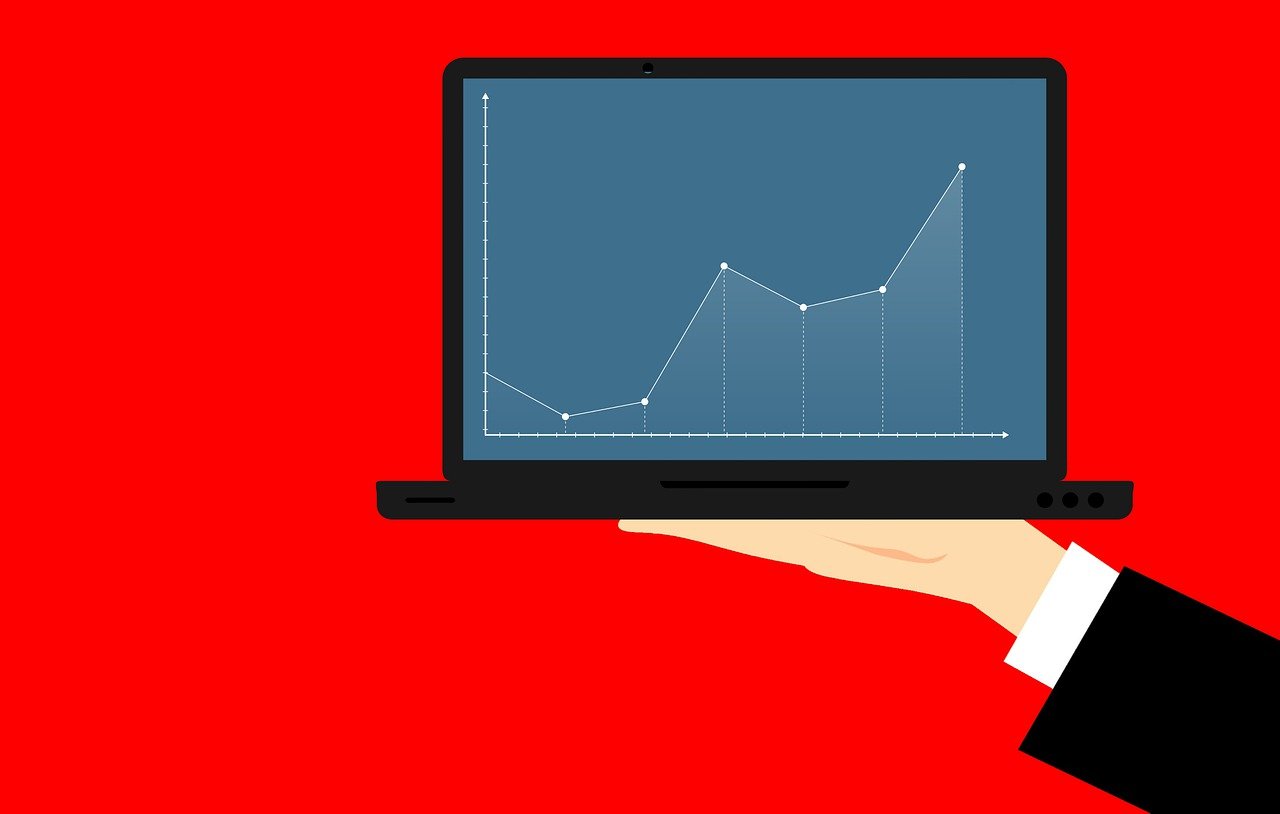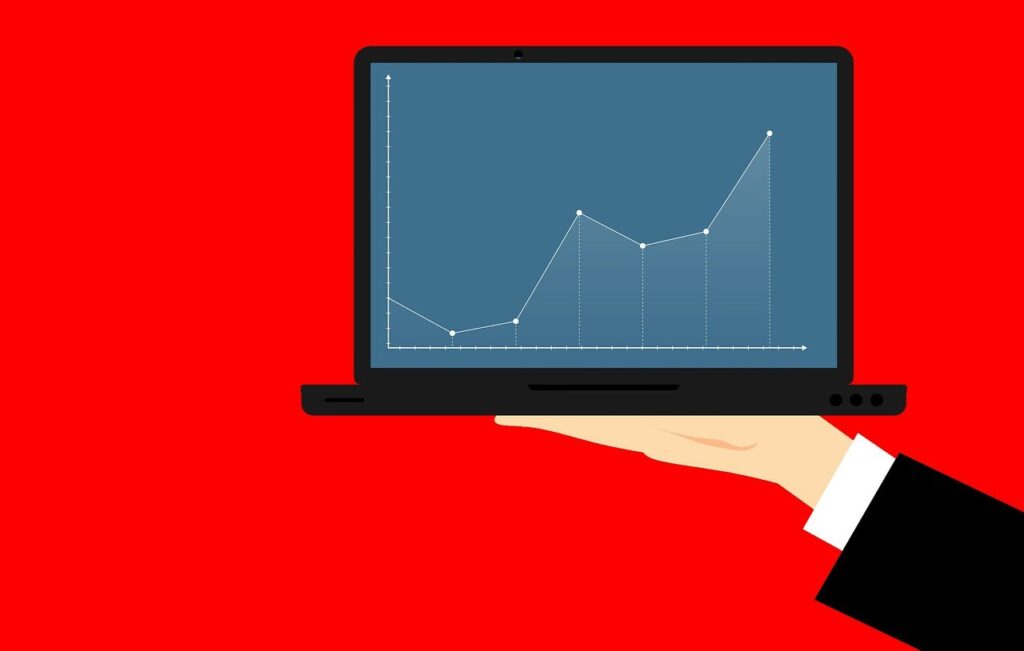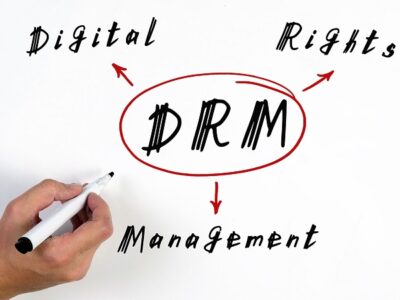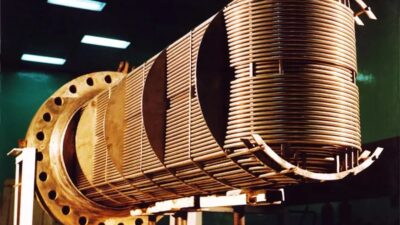

Before we start with today’s topic, the left-hand side, let us first define a two-way quote. A two-way quote or a two-sided quote gives information about a security’s current bid and ask price on an exchange during that trading day. It is better than what a last-trade can offer. We defined this because the bid price that we talk about is on the left-hand side.
The left-hand side, also known as the bid
We often hear the term bid, but not the left-hand side. This is the price that any person involved in a trade, such as a trader, dealer, market maker, investor, and the like, is willing to buy a currency or security. Hence, if there is a left-hand side, there is a right-hand side. It goes hand and hand. It refers to the ask price which the participant is willing to sell a currency or security.
Tell me more about the left-hand side.
As its name suggests, it is called the left-hand side because we will find it on the left part of a price quote. Since it is the bid price, it is the highest price a buyer is willing to purchase. If a person is interested in selling, they can always talk with the seller instantly.
Let’s say that the price quote is 1.111 – 1.115. The bid here is on the left-hand side, which is 1.111. The offeror ask price is the one on the right-hand side, which is 1.115.
What does the bid-ask spread have to do with the left-hand side?
We are sure that you already heard of the term bid-ask spread, or simply spread. This is the difference between the right and left or the bid and ask price. It will tell us a lot about what happens in the market. We can also figure out how invested the participating people are. How? A tight spread tells us that there are many active participants. If there are many active participants, the competition will be tough, thus creating a tight spread. A widespread tells us that there are few participants. The bidders offer that they can set the rate. Thus, the spread gets wider when they do this because they usually want to bid lower and offer higher.
Let us cite an example.
Let us assume that the EUR/ USD currency is now trading at 1.111 by 1.113. You are willing to buy Euros over the US Dollar at 1.111. We mentioned that the bid is at 1.111; there is no assurance that the order will proceed to execution. This is what needs to happen: someone should sell at that price for the order to get filled at 1.111. The left-hand side is 1.111, and if anyone is interested in buying quickly, they can buy at 1.113, which is the right-hand side.
For a quick recap
The left-hand side is also the bid price, and it is literally at the left side of the two-way quote. This is the highest price an entity is ready to buy a base currency. It may also be the price that a seller is willing to sell the base currency in the market. The spread gives us an idea about the market liquidity. The tighter the spread, the more liquidity there is.














